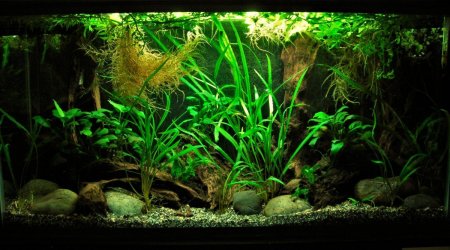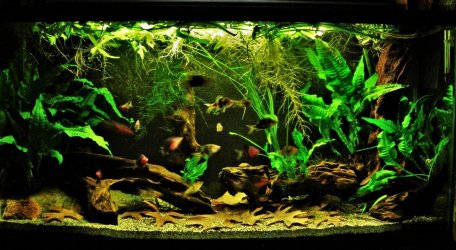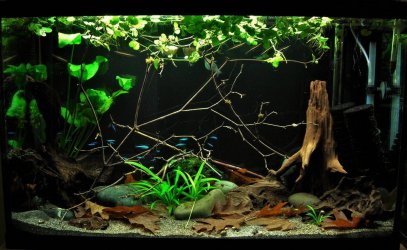I tend to leave the substrate alone, but I do have plants. I have play sand in my tanks, except for one with fine gravel to replicate a South Asian stream. The amount of mulm that collects on any substrate obviously depends upon the fish...larger fish produce larger and more waste while smaller fish are minimal. My tanks are all small fish and I never see mulm like I once did with larger fish. The mulm is supposed to work its way down in to the substrate where all sorts of different bacteria deal with it, breaking it down. When one realizes that the substrate is your most important bacteria bed in an aquarium, much more so than the filter which after all is frequently not even necessary except for water current (assuming plants here), it is easy to see why leaving it alone is a good thing generally speaking.
Anaerobic areas are as important as aerobic areas in a healthy substrate. Most substrates are not really deep enough to fully include this, but areas under rocks and wood can help and should be left alone. I think the longest I have ever had the same substrate from set-up was four or five years, and when I did tear the tank down to move there were certainly some very black areas under rock and wood that never seemed to cause issues during the tank's life.
When I do feel the need to clean the sand, I use the Python connected to the tap and the draw on this is not sufficient to pick up sand unless I really push it down to the tank floor. Running over the surface stirs the sand and mulm up, and the sand rises a few inches in the tube and then slowly falls back down.





